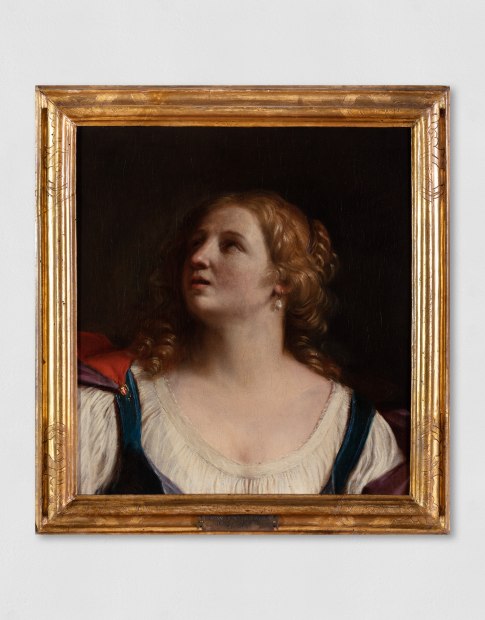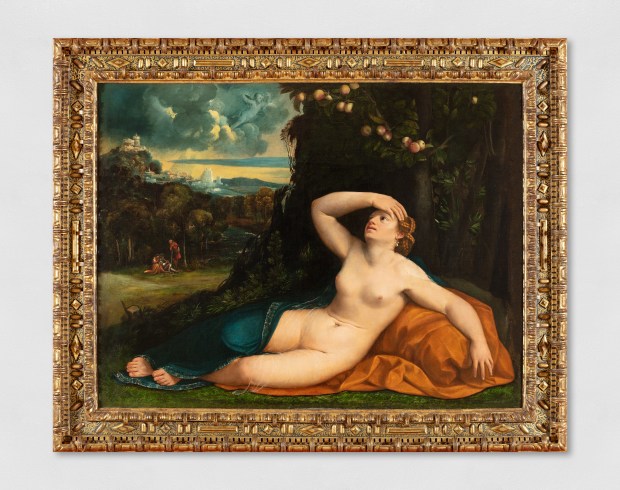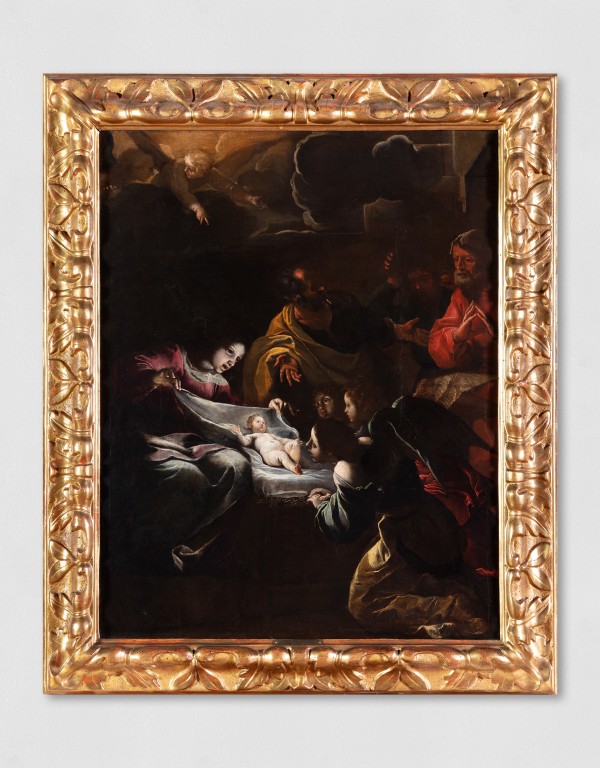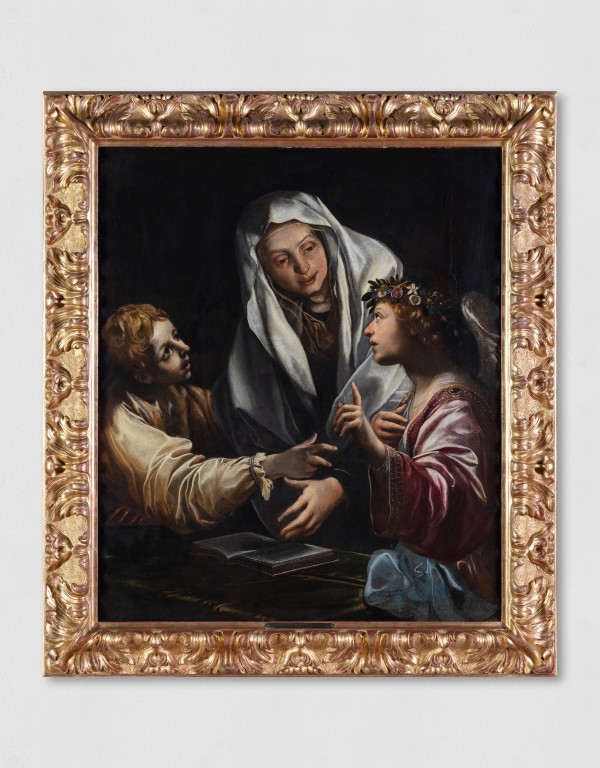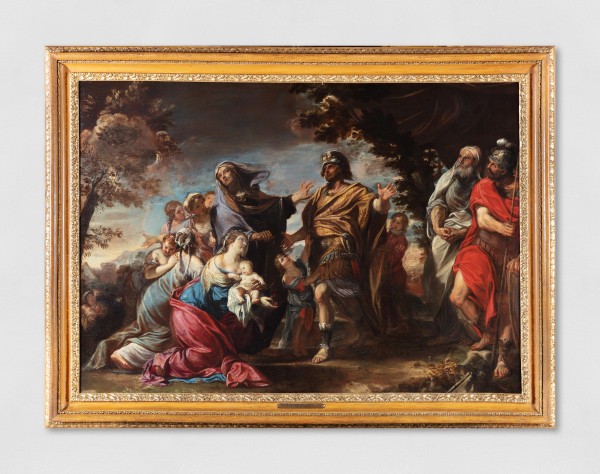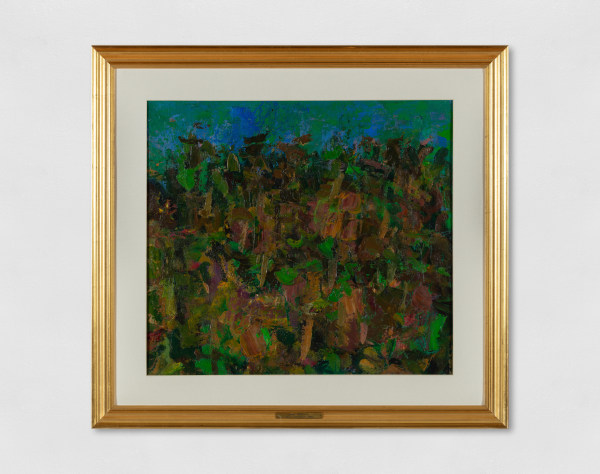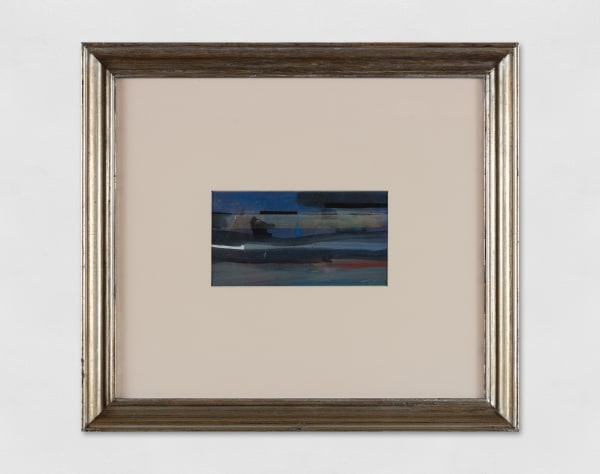-
After being appointed senator, Lorenzo Magnani commissioned the building construction at the end of the 16th century. A testament to his family's social status, it was erected between 1577 and 1583, following the design planned by architect Domenico Tibaldi, later replaced by Floriano Ambrosini. In 1797, the Guidotti family inherited the structure and sold it in the second half of the 19th century to the Malvezzi Campeggi family, whose coat of arms still adorns the facade.
In 1959, the bank Credito Romagnolo acquired the property and, in 1997, started a meticulous and thorough restoration project. They aimed to re-establish the original architectural layout reinstating the building's symbolic and representative significance.
Palazzo Magnani houses one of the many offices of the UniCredit Group, showcasing a remarkable collection of paintings. Known as the Quadreria Palazzo Magnani, it includes works of art primarily from the Bolognese school, from the 16th to the 20th century.
-

Giovanni Francesco Barbieri, detto il Guercino, Lucrezia
-

Giovanni de Luteri, detto Dosso Dossi, Il Risveglio di Venere, 1520 ca.
-

Giuseppe Maria Crespi, detto lo Spagnuolo, e bottega, Due pastorelle
-
-
 Giorgio Morandi, Paesaggio di Grizzana, 1962
Giorgio Morandi, Paesaggio di Grizzana, 1962 -
 Alessandro Tiarini, Adorazione dei pastori
Alessandro Tiarini, Adorazione dei pastori -
 Alessandro Tiarini, L'apparizione del figlio Evangelista e di un angelo a Santa Francesca Romana, 1613
Alessandro Tiarini, L'apparizione del figlio Evangelista e di un angelo a Santa Francesca Romana, 1613 -
 Prospero Fontana, Sacra Famiglia con san Giovannino e san Francesco
Prospero Fontana, Sacra Famiglia con san Giovannino e san Francesco -
 Ubaldo Gandolfi, Cristo e la Cananea, 1760-1765 circa
Ubaldo Gandolfi, Cristo e la Cananea, 1760-1765 circa -
 Ubaldo Gandolfi, La visione di san Camillo de Lellis, 1765-1768
Ubaldo Gandolfi, La visione di san Camillo de Lellis, 1765-1768 -
 Antonio Gionima, Cristo e l'adultera
Antonio Gionima, Cristo e l'adultera -
 Antonio Gionima, Cristo guarisce l'indemoniato
Antonio Gionima, Cristo guarisce l'indemoniato -
 Lorenzo Sabatini, Maddalena al sepolcro, 1566-1570
Lorenzo Sabatini, Maddalena al sepolcro, 1566-1570 -
 Ippolito Scarsella, detto lo Scarsellino, Adorazione dei Magi
Ippolito Scarsella, detto lo Scarsellino, Adorazione dei Magi -
 Simone Cantarini, Adorazione dei Magi
Simone Cantarini, Adorazione dei Magi -
 Marco Palmezzano, San Sebastiano, 1521
Marco Palmezzano, San Sebastiano, 1521 -
 Domenico Maria Canuti, Volumnia ed i figli davanti a Coriolano, 1672-1673 circa
Domenico Maria Canuti, Volumnia ed i figli davanti a Coriolano, 1672-1673 circa -
 Giuseppe Maria Crespi, known as lo Spagnuolo, and Bottega, Mosè e il serpente di bronzo
Giuseppe Maria Crespi, known as lo Spagnuolo, and Bottega, Mosè e il serpente di bronzo -
 Gaetano Cittadini, Paesaggio con Erminia tra i pastori, 1729
Gaetano Cittadini, Paesaggio con Erminia tra i pastori, 1729 -
 Giuseppe Maria Crespi, known as lo Spagnuolo, and Bottega, Due pastorelle
Giuseppe Maria Crespi, known as lo Spagnuolo, and Bottega, Due pastorelle -
 Giuseppe Maria Crespi, known as lo Spagnuolo, and Bottega, Adorazione dei Magi, 1690
Giuseppe Maria Crespi, known as lo Spagnuolo, and Bottega, Adorazione dei Magi, 1690 -
 Giuseppe Maria Crespi, known as lo Spagnuolo, and Bottega, Strage degli innocenti, 1730 circa
Giuseppe Maria Crespi, known as lo Spagnuolo, and Bottega, Strage degli innocenti, 1730 circa -
 Antonio Carneo, Vecchia con conocchia e giovane con spighe, 1660
Antonio Carneo, Vecchia con conocchia e giovane con spighe, 1660 -
 Antonio Carneo, La buona ventura (La seduzione), 1660
Antonio Carneo, La buona ventura (La seduzione), 1660 -
 Ennio Morlotti, Paesaggio, 1955
Ennio Morlotti, Paesaggio, 1955 -
 Ludovico Carracci, La visione di San Vincenzo, 1582 - 1586
Ludovico Carracci, La visione di San Vincenzo, 1582 - 1586 -
 Agostino Carracci, Giuditta con la testa di Oloferne, 1580 circa
Agostino Carracci, Giuditta con la testa di Oloferne, 1580 circa -
 Giovanni Francesco Barbieri, known as Guercino, Cristo nell'Orto del Getsemani, 1613 - 1614 circa
Giovanni Francesco Barbieri, known as Guercino, Cristo nell'Orto del Getsemani, 1613 - 1614 circa -
 Giovanni Francesco Barbieri, known as Guercino, Lucrezia, XVII Sec., metà
Giovanni Francesco Barbieri, known as Guercino, Lucrezia, XVII Sec., metà -
 Giovanni Francesco Barbieri, known as Guercino, La Trinità, 1616 - 1618
Giovanni Francesco Barbieri, known as Guercino, La Trinità, 1616 - 1618 -
 Mattia Moreni, Cartello per la Pensione Ristorante Casadei, 1962
Mattia Moreni, Cartello per la Pensione Ristorante Casadei, 1962 -
 Luca Giordano, La cena del ricco Epulone, 1663
Luca Giordano, La cena del ricco Epulone, 1663 -
 Giovanni Luteri, known as Dosso Dossi, Il risveglio di Venere, 1520 circa
Giovanni Luteri, known as Dosso Dossi, Il risveglio di Venere, 1520 circa -
 Jean Fautrier, Le vallon , 1928
Jean Fautrier, Le vallon , 1928 -
 Alberto Burri, Tempera (109), 1952
Alberto Burri, Tempera (109), 1952 -
 Filippo De Pisis, L'atelier dell'artista, 1936
Filippo De Pisis, L'atelier dell'artista, 1936
-
Join our mailing list
* denotes required fields
In order to respond to your enquiry, we will process the personal data you have supplied in accordance with our privacy policy.


